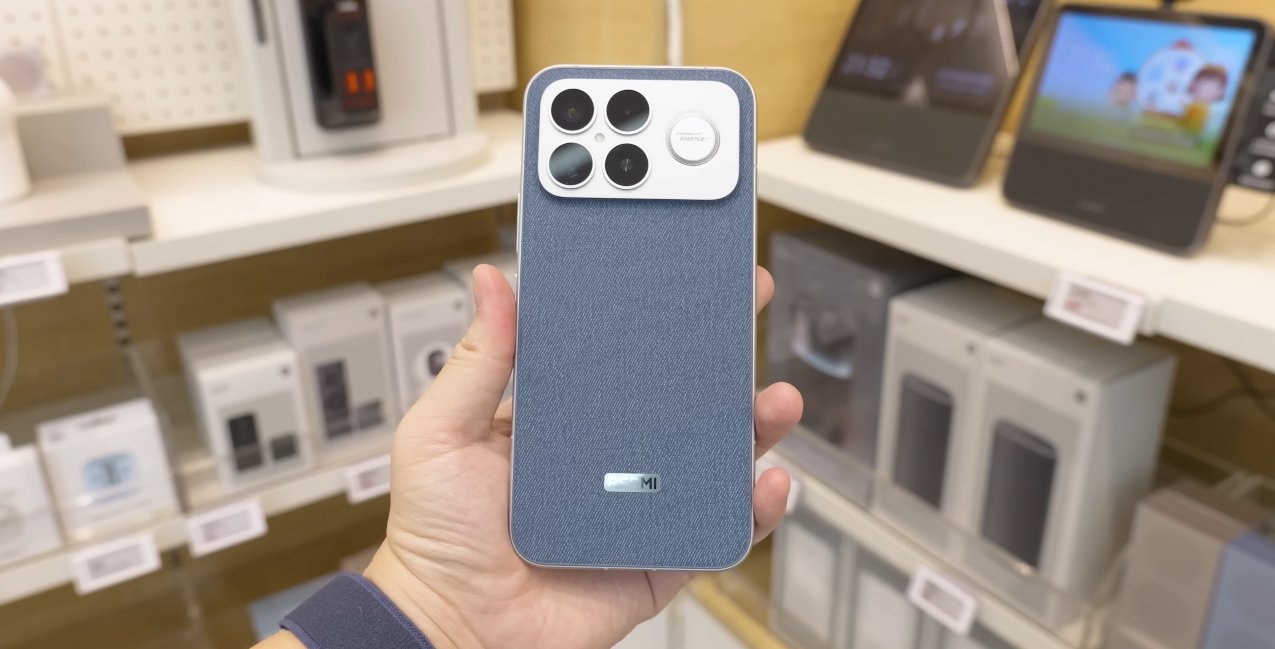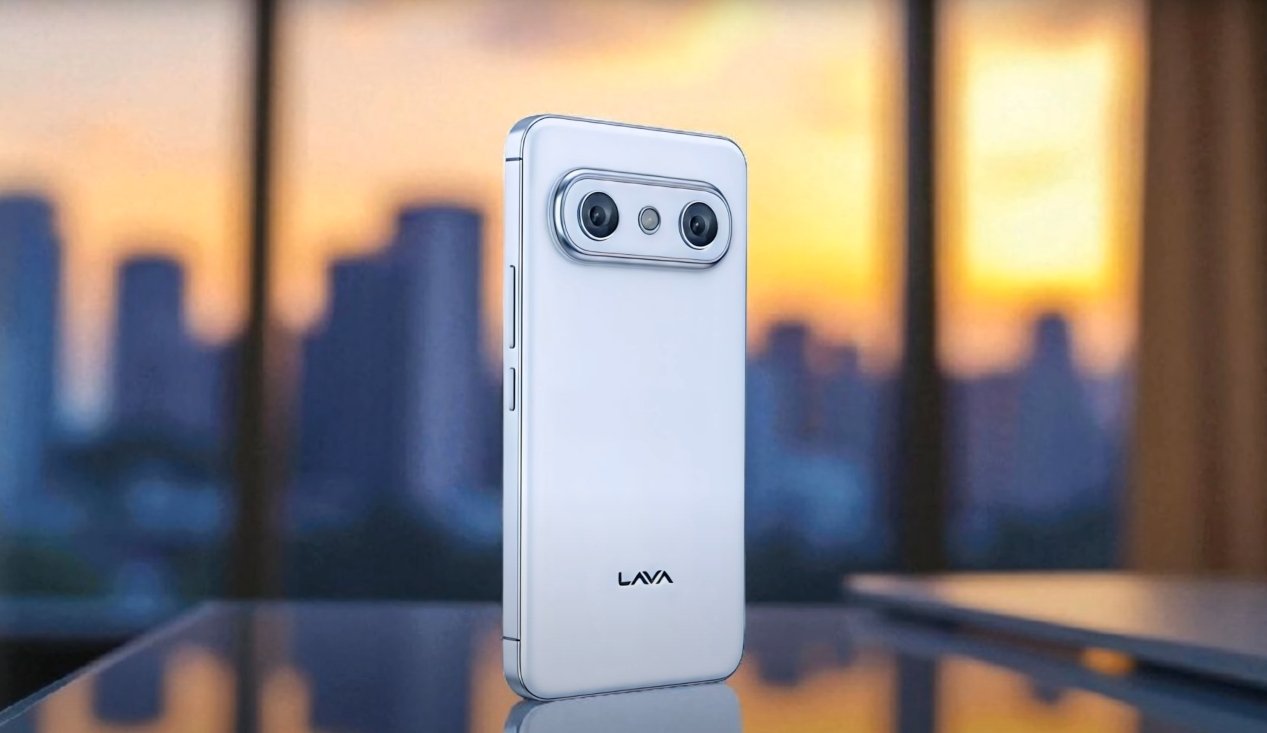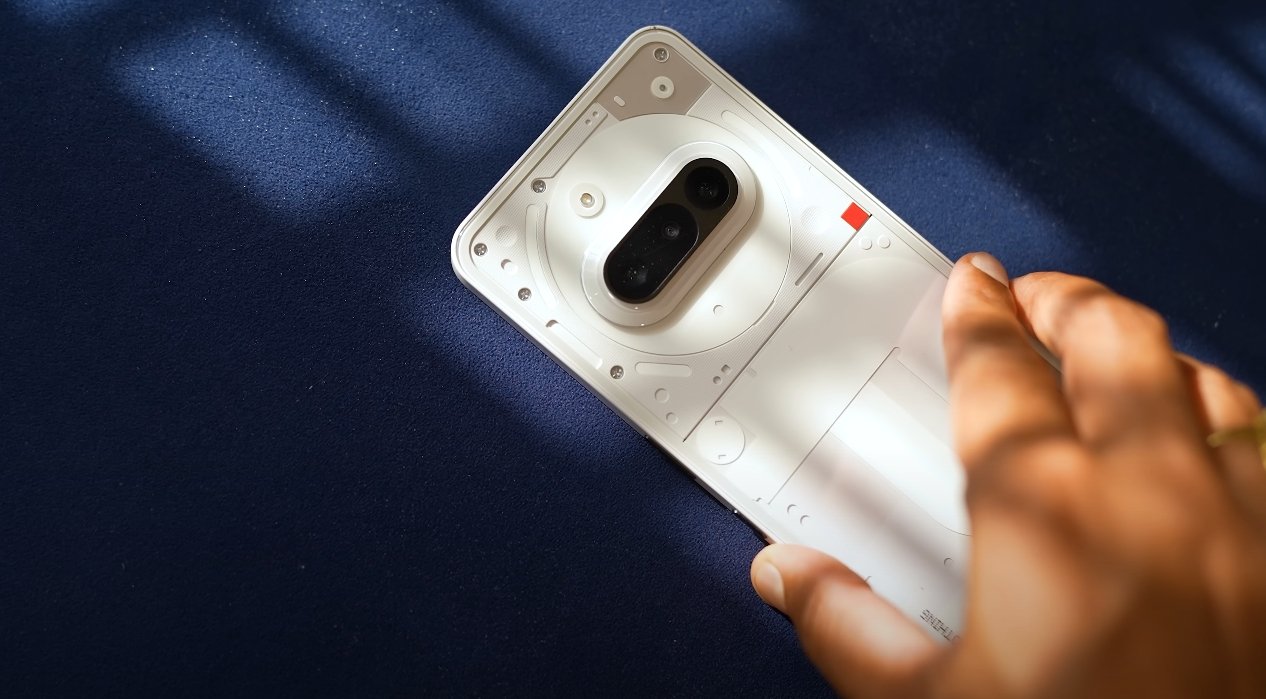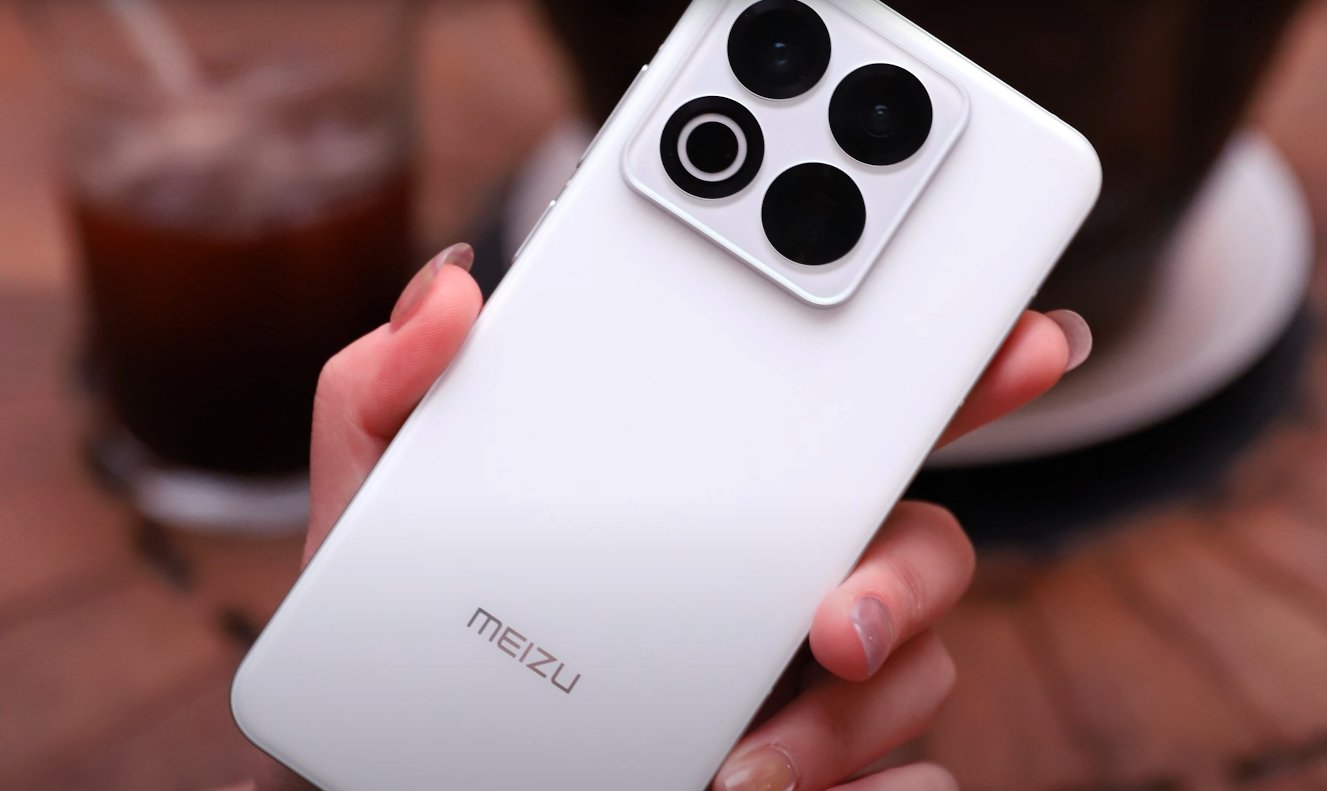Everything Canadian Buyers Need to Know Before Importing the Redmi K90 Pro Max
The Redmi K90 Pro Max has quickly become one of the most talked-about smartphones of 2025. With its high-end performance, premium design, and competitive pricing, it’s easy to see why Canadian tech fans are eyeing it as a potential flagship alternative. However, before purchasing or importing one, there are a few important points Canadian buyers should check—covering specifications, warranty, and network compatibility.
To start with, the Redmi K90 Pro Max is a true performance powerhouse. It features Qualcomm’s Snapdragon 8 Elite Gen 5 processor, paired with up to 16GB of LPDDR5X RAM and 1TB of UFS 4.0 storage. This combination ensures lightning-fast performance, smooth multitasking, and top-tier gaming capabilities. The device sports a large 6.9-inch OLED display with a 2K resolution and a 120Hz refresh rate, delivering vibrant colors and ultra-smooth scrolling. For photography enthusiasts, its triple-camera setup—with a 50MP main lens, 50MP periscope telephoto lens, and a 50MP ultra-wide camera—offers exceptional image quality that rivals other premium smartphones on the market.
Battery performance is another strong selling point. The Redmi K90 Pro Max comes equipped with a massive 7,560 mAh battery capable of 100W wired and 50W wireless fast charging. This ensures full-day performance even under heavy use, making it ideal for users who rely on their phone throughout the day. The phone also includes features like reverse wireless charging, an IP68 water resistance rating, stereo speakers tuned by Bose, and advanced cooling for sustained performance. On paper, it’s hard to find a better value for money in this segment.
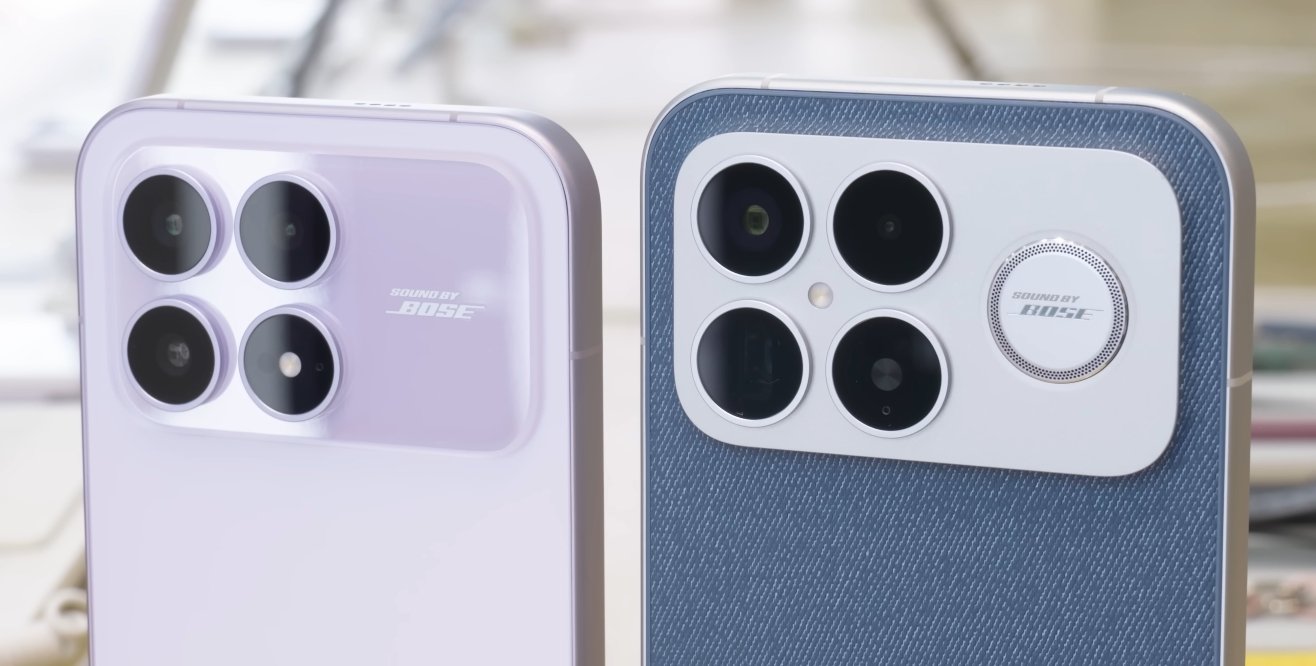
That said, Canadian buyers need to be cautious about import-specific issues. Most early units of the Redmi K90 Pro Max are Chinese variants, which means the software is customized for the Chinese market. Although users can switch the language to English and install Google Play services, some minor regional features might behave differently. More importantly, firmware updates on imported units may arrive slower than those for the global version, which could affect long-term performance and security. Waiting for the international release can often resolve these issues, as global variants come preloaded with optimized firmware for international users.
Warranty and support are another key concern. Imported smartphones usually do not come with official Canadian warranty coverage. That means if something goes wrong, repairs or replacements will have to be handled through the overseas seller or independent repair centers. Xiaomi’s warranty policy typically applies only in the country of purchase, and cross-border service is not guaranteed. Buyers should confirm with the seller whether any form of international warranty is provided. Additionally, when importing the phone, it’s important to factor in potential import duties, taxes, and shipping delays that may increase the overall cost.
Network compatibility is perhaps the most critical consideration for Canadian users. The Redmi K90 Pro Max supports a wide range of 4G and 5G bands, but not all of them perfectly align with Canadian carrier frequencies. For example, it supports major 5G bands like n66 and n78, which cover most Canadian urban areas, but may lack full compatibility with band n71—commonly used by carriers like Rogers and Telus for rural and suburban coverage. As a result, while the phone should perform well in cities like Toronto, Vancouver, and Montreal, rural users might experience reduced 5G availability or slower network speeds. Buyers should always cross-check the supported frequency bands against their carrier’s list before purchasing.
Additionally, carrier-specific features such as VoLTE, Wi-Fi calling, and RCS messaging may not work immediately on imported models. These features often depend on carrier certification, which is typically absent on Chinese variants. Though there are unofficial workarounds, users looking for seamless out-of-the-box compatibility should wait for the global version or consider models that have confirmed North American firmware. A global version of the Redmi K90 Pro Max is expected to resolve these issues, offering wider band support and local carrier certification.
Canadian buyers should also check smaller yet practical details, such as the charger type. Imported Chinese models often come with Type-A plugs that may not fit North American outlets. Buyers may need a compatible adapter or locally certified charger to ensure safe and efficient charging. Similarly, customs policies can add unexpected costs, so verifying estimated import fees before placing an order is highly recommended.
In short, the Redmi K90 Pro Max offers impressive hardware and top-tier performance at a fraction of the cost of other flagships. However, importing it into Canada comes with considerations that go beyond the specs sheet. Potential buyers must carefully verify network band support, warranty limitations, and firmware differences before committing. For those who primarily use their phone in metropolitan areas and are comfortable with some technical setup, importing the device could be a smart, cost-effective move. But for users seeking hassle-free support, full network compatibility, and warranty protection, waiting for the global or North American version is the safer option.
Ultimately, the Redmi K90 Pro Max is a device that proves flagship power doesn’t always have to come at a flagship price. But Canadian buyers must take a checklist approach—checking specifications, warranty conditions, and compatibility—before making a final decision. Doing so ensures that the phone’s incredible potential translates into a smooth, reliable experience in Canada’s networks and conditions.
Also Read: Will Canadian buyers get the special Champion Edition of Redmi K90 Pro Max?
